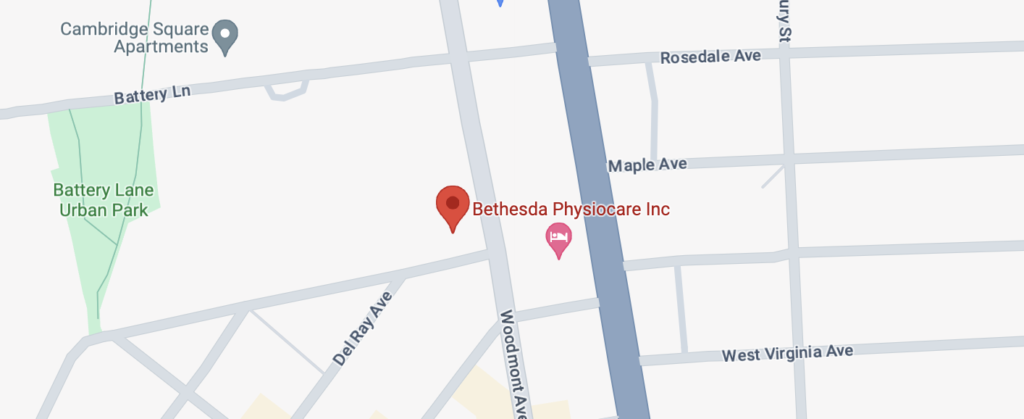
People might often consider physical therapy a mere reactive treatment recommended after physical injury or trauma. People associate PT with things like knee surgery, broken arms, or joint issues. The scope of physical therapy, however, goes far beyond that. Various physical therapy interventions have proven effective to manage other conditions such as scar tissue management.
Patients are often surprised to find that more conservative modalities exist for conditions not often associated with physical therapy. These interventions place an emphasis on movement, mobility, and using the body’s resilience for healing and adaptation.
So, how does PT help these conditions? If you suffer from pain related to scar tissue accumulation, how might working with a physical therapist help you? Let’s take a closer look!
Reduction of Movement Due to Post-Surgery Scar Tissue
Most surgery is invasive to some degree. One less talked about side effect of some surgical interventions is excess scar tissue that might form and hinder movement or mobility in the surrounding area. The same goes for other types of injuries that might cause the overgrowth of scar tissue. The problem can take a few months to manifest, as the body goes through the normal healing stages from incisions to recovery. So learning how to manage scar tissue can make post-surgery healing more successful.
Excessive Scar Tissue After Joint Surgery
Let’s take a look at joint surgery. These are common and highly successful surgical interventions to improve mobility and pain in the joints. Total Joint Arthroplasty, for example, is performed about one million times every year. Surgery in the knees, hips, or elbows is typically done to improve movement. Excessive scar tissue will have precisely the opposite effect, so it’s important to be mindful of the body’s reaction to surgery.
Joint surgery involves cutting through multiple layers of the human anatomy; from the epidermis (skin surface), subcutaneous fat, fascia (connective tissue), muscles, tendons, and ligaments, as well as the ostium. A surgeon must be careful when closing a wound site to respect these layers and ensure proper closure and healing to avoid issues in the healing process.
Frozen Shoulder
One well-known example is what is often called “frozen shoulder” or adhesive capsulitis. It arises after shoulder surgery and is caused by irritation and excessive inflammation around the fixed joint. The patient experiences pain and loss of mobility. A physical therapist first assesses the stage of your condition and then develops an individualized program tailored to your specific needs. This protocol might include exercise, manual therapies, stretching, home exercise program, and pain medication.
Movement After Surgery
The wound healing process is characterized by four stages:
- Hemostasis: This is the first response when blood vessels in the immediate area restrict to prevent more loss of blood.
- Inflammation: The inflammation process actually helps to ward off infection, and it involves vasodilation.
- Proliferation: This is the process that begins the formation of new connective tissue.
- Maturation: This last step can take some time and last up to two years after the initial trauma. The collagen buildup also assists with the formation of the scar. Too much or excessive collagen buildup will cause excessive scar tissue.
The completion of all the stages can last up to one or two years and why some patients don’t see the effects of scar overgrowth until much later after their surgery.
What Techniques do Physical Therapists Use to Improve Healing?
With knee surgeries, for example, the site can become restricted from scarring and prevent movement. A physical therapist will closely assess the type of surgery of trauma that you experienced and the possible complications due to scar tissue or other disruptions.
PTs will use interventions such as:
- Manual therapies: A well-trained physical therapist will work with manual therapies to encourage and speed up the break up of scar tissue by massaging and manipulating the tissues and body.
- Stretching: Gentle and purposeful stretching improves flexibility and mobility and thus helps to break down scar tissue.
- Soft tissue mobilization: This form of soft tissue mobilization will assist in the break up of scar tissue by mobilizing and maneuvering the tissue into different positions.
- Instrument-assisted soft tissue mobilization: This form of mobilization uses specialized ergonomic instruments that assist in rubbing down the size of scar tissue. It provides added emphasis to help with scar tissue breakup and is used in conjunction with a hands-on approach.
- Myofascial release: The manipulation of the fascia and trigger point release can be effective in loosening scar tissue that forms just underneath the skin. This involves very targeted massage-like techniques that release tension in a specific area.
- Mild to moderate exercise: Your individualized physical therapy program might involve the use of mild to moderate exercise or movement regimens that will increase blood flow, encourage a range of motion, and improve mobility. This will help with preventing the overgrowth of scar tissue, as well as help reduce it.
Movement for Healing After Surgery
Working with a physical therapist soon after your surgery will also have several benefits on your road to recovery. Everyone is different and so are their recovery time and expectations. Recovery time for a young person and someone that is elderly will naturally vary because of age-related factors.
However, in many instances working with a physical therapist will ensure you have professional guidance towards your individual recovery and someone that can get you moving in a healthy and safe way. Moving the joint in the right way and with the right moderation promotes healing and can also prevent the formation of excessive scar tissue.
Do Wound Healing Right With the Right Post Surgery Physical Therapy
Whether you have just had surgery or whether your surgery occurred some time ago, ensuring the proper healing process is essential for short-term and long-term recovery. Some people experience pain in the site of their scars and this may indicate the formation of excessive scar tissue.
Want to learn more about wound healing? Call Bethesda Physiocare and learn how one of our leading physical therapists can help you break up scar tissue and experience the full range of motion!



